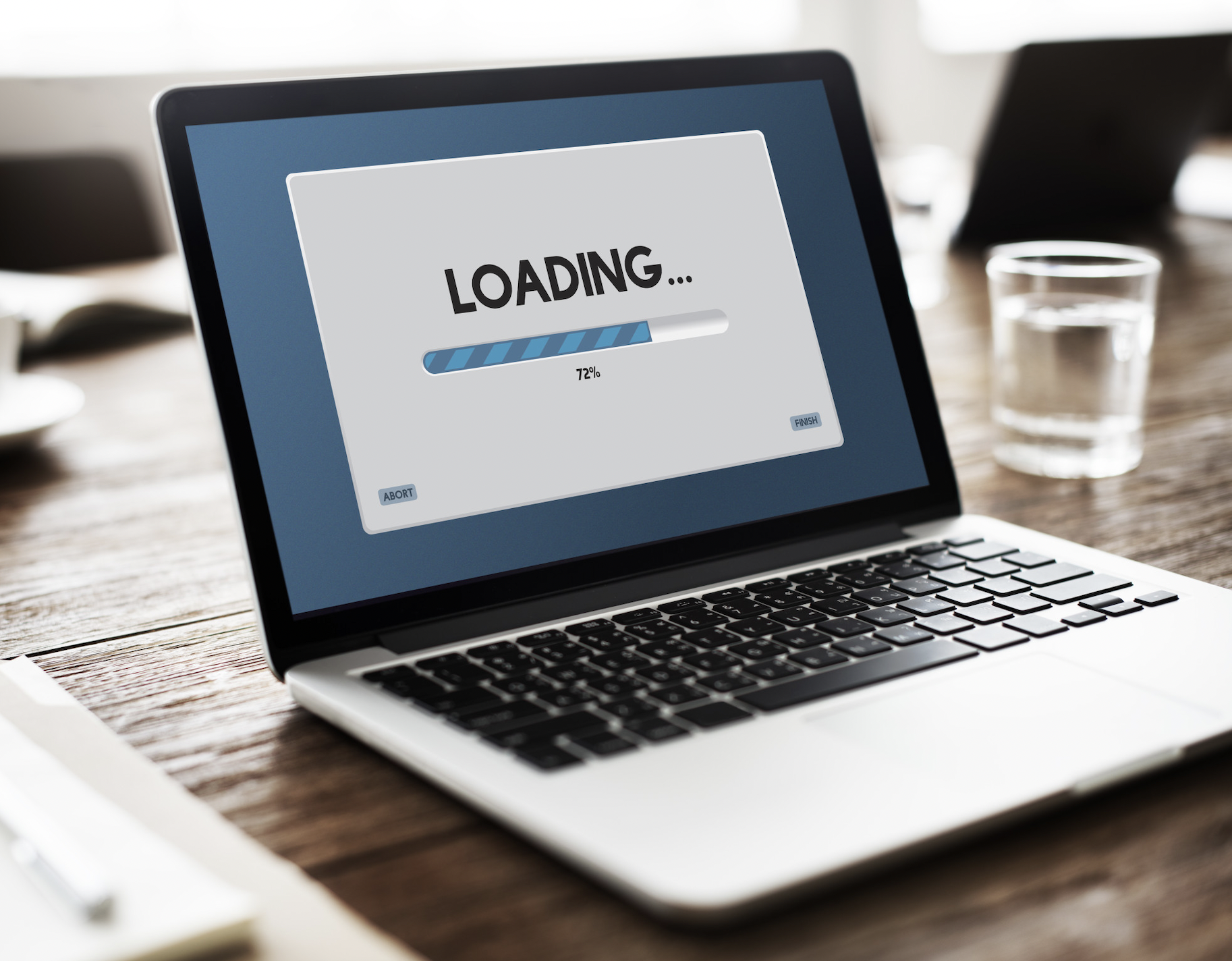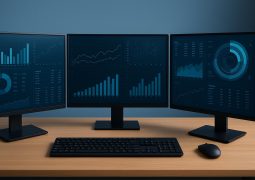7 Common Causes of a Slow MacBook
by 30/11/2021 10:400

Some causes of a slow MacBook are more obvious than others. Check out this informative guide with the 7 most common causes of a slow computer.
Macs are great, but they can also be slow and frustrating to use.
Macs are great computers that work well for most people, but if you’re like me your computer is starting to get a little on the slow side. My MacBook Pro takes 10 minutes just to boot up! I’ve tried everything from using more RAM to optimizing my hard drive, but nothing seems to speed it up.
But don’t worry. Keep reading as this guide will show you 7 common causes of a slow MacBook and how you can fix them quickly so you can get back to what’s important – creating content without having your slow computer bogged down by unnecessary files or programs.
1. You’re Running Low on RAM
This is very common on MacBooks, especially if you’re using a virtual machine while multitasking. If you use programs that require more RAM than your computer has available, your computer will slow down significantly. You can fix this by closing applications and using only the ones that you need.
You can tell whether or not you’re using enough (or too much) RAM by looking at your Activity Monitor. The bar next to “Real Memory” should be mostly blue with only a little red — red means that you’re using more memory than is actually available on your machine which usually causes the computer to slow down significantly.
Consider increasing your RAM if necessary.
2. The Hard Drive Is Overloaded
Hard drives work with the random access memory (RAM) to quickly process information requested by the user. If there are too many files open at once, it could cause the hard drive to overload and cause a significant slowdown in computer speed.
The best way to avoid this problem is to delete old files or transfer them onto an external drive so they aren’t taking up space on your internal hard drive. You should also be careful not to install too many programs since they all take up space as well!
3. Your Computer Is Old
While most people don’t realize it, the age of your computer plays a significant role in its overall performance. Over time your hardware becomes less and less efficient and new software won’t run as fast as it should on older computers.
Considering this fact, if you’ve had your MacBook for years without replacing any parts or upgrading to a newer model, you’re almost guaranteed to experience some sort of slow laptop at some point. This process is unavoidable and can be frustrating if not planned for ahead of time.
4. There Are Too Many Apps Open
The best way to avoid this problem is by closing applications that aren’t being used so they aren’t taking up unnecessary space on memory or processing power. You also shouldn’t have a large number of applications open at once, as it will continue to overload your computer. If you need more space for apps, consider deleting some you’re not using regularly.
Unless you absolutely have to, avoid multi-tasking and only use one app or program at a time. This will save your Macbook from having to work too hard and you will enjoy a faster MacBook.
5. There Is a Virus/Malware Infection on Your Computer
This is one of the most common reasons for a slowdown and can also cause serious data loss or corruption if left untreated. Viruses and malware are often the culprit behind random pop-ups that appear online, system crashes, random reboots, slower response times from your computer, and even slowdowns in loading time when opening files. The best way to avoid this problem is by running antivirus software regularly as well as backing up your important files as often as possible!
6. Your Computer Is Overheating
This is a big problem that can cause a lot of damage to your computer if left untreated. If you notice that your MacBook is running slower than normal, doesn’t respond well to the touch, and also heats up quickly, it’s likely because there’s a problem with the cooling system within the laptop. To prevent this issue from getting worse you should be sure not to block any air vents or place objects on top of your laptop while it’s operating. Also, consider having your MacBook professionally cleaned!
Oftentimes, an overheating laptop can be a sign that you are pushing your MacBook too hard, especially if you use your MacBook for professional or graphic intensive work.
If you take too much processing power away from the CPU it will naturally slow down when asked to complete more complex tasks.
Trading out your computer for a newer model with better hardware can help in this case, however, it’s also possible to speed up an older MacBook by purchasing additional RAM and upgrading hard drives to solid-state drives (SSD).
7. Your Computer Needs To Be Rebooted
In most cases, this isn’t an issue but could be due to an update that needs to take place, software installation, or other reasons specific only to your computer and its operating system. If you experience problems with your MacBook that are hard to fix, try restarting it first.
This can be done by holding down the power button for about 5 seconds until it shuts off, then turning it back on after 10 seconds. If this doesn’t work, you should consider having a professional look at things or see our article on Apple’s most common customer service requests!
If you would like to learn how to increase your upload speed, you can here: https://setapp.com/how-to/increase-upload-speed
Want More Tips On How to Speed up a Slow MacBook?
At this point, it’s clear that there are a number of reasons why you might have a slow MacBook. From the viruses that can clog up your system to just how much you’ve filled your laptop with apps and files, these seven common causes for a sluggish experience seem like good areas to investigate further.
If you want more information about any of these causes or solutions to deal with them, head on over our blog where we have even more tips on how to fix a slow MacBook!



